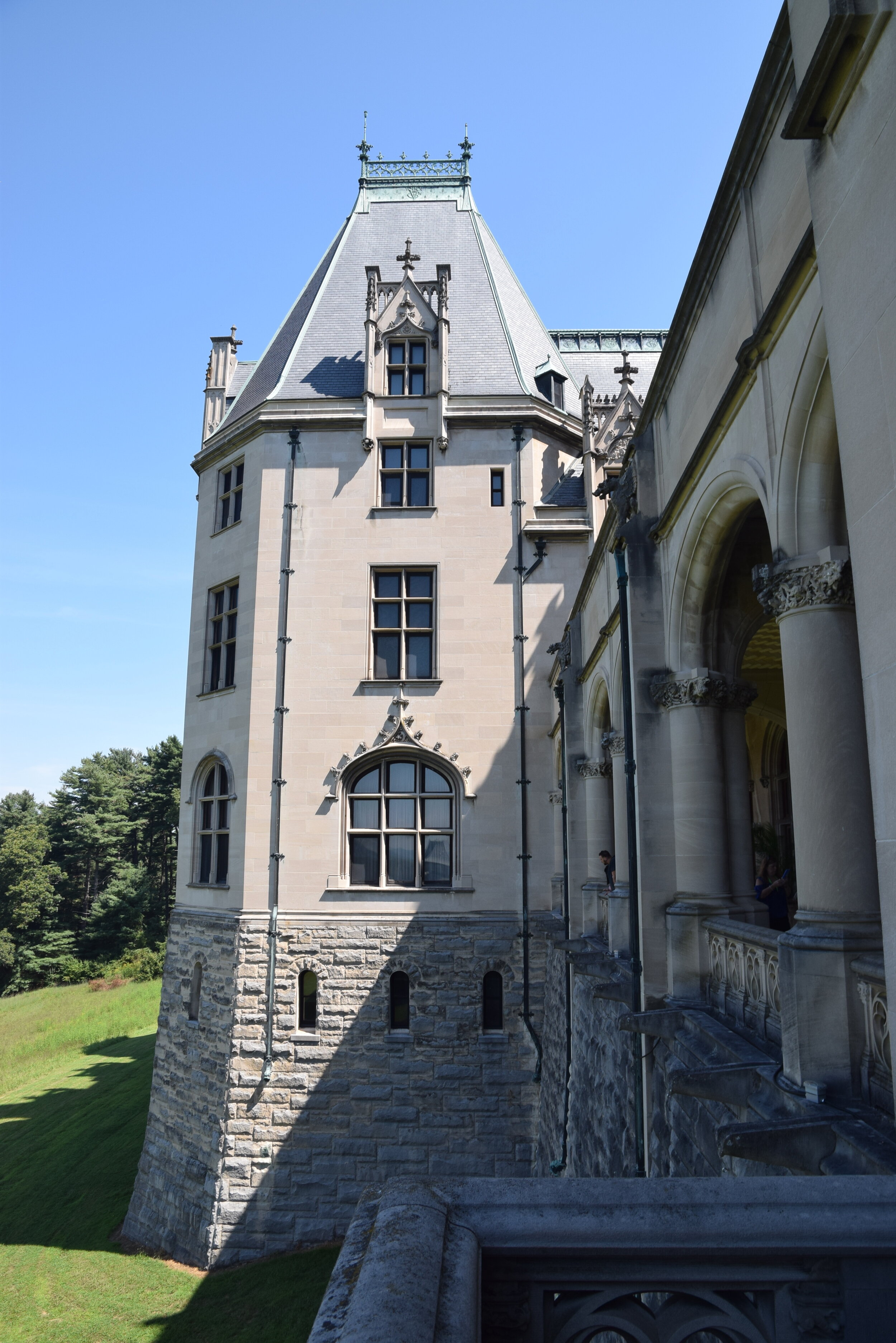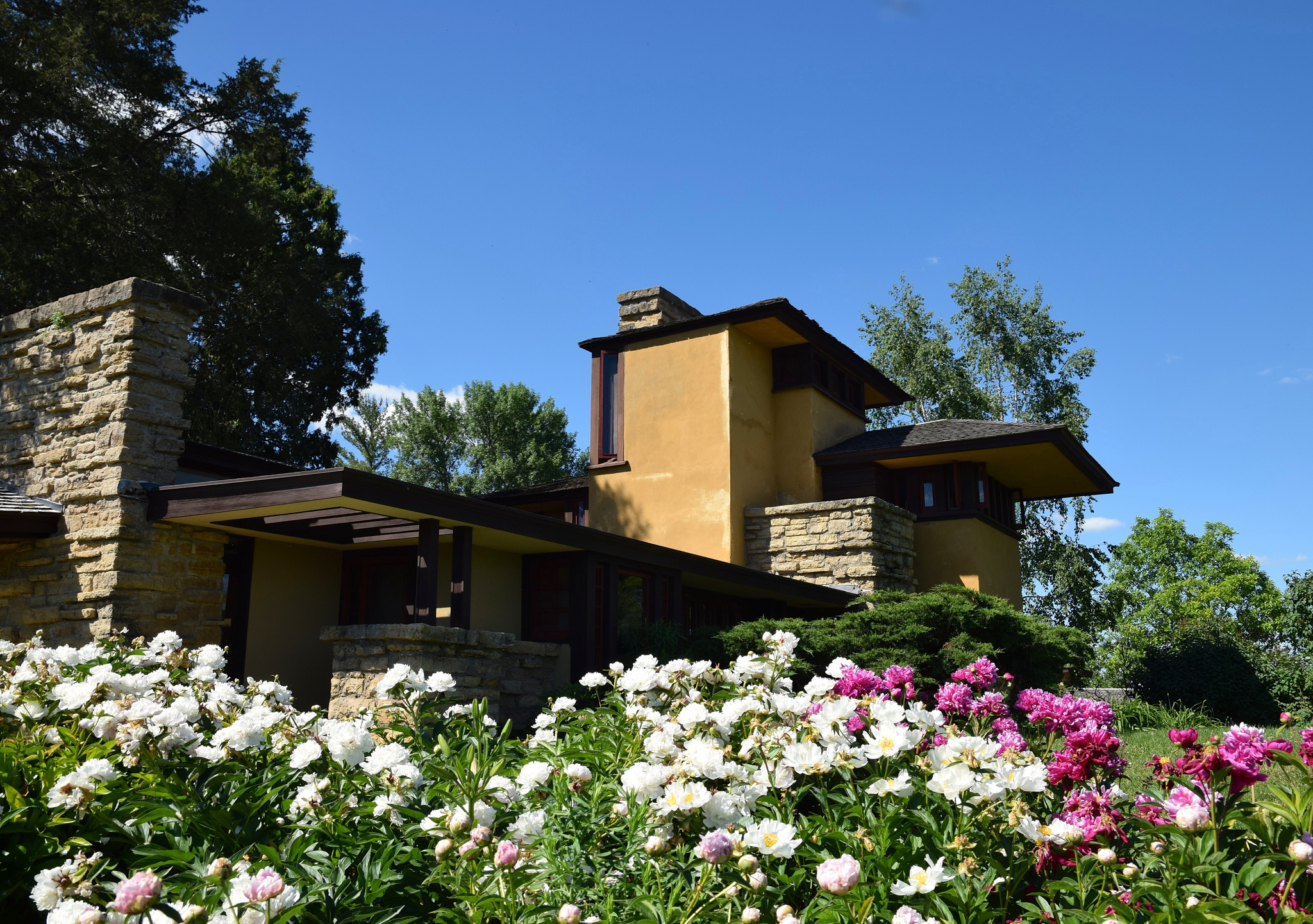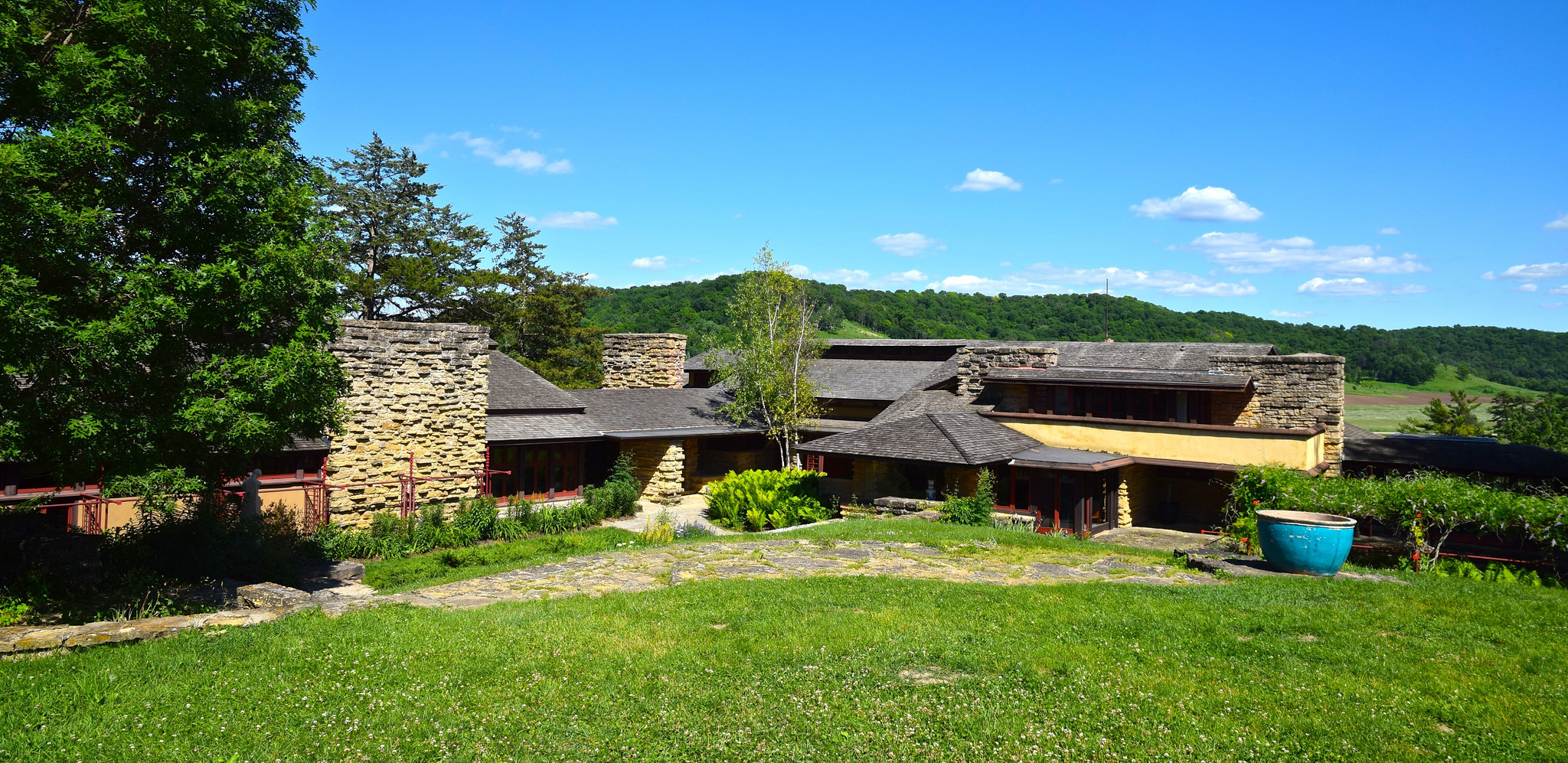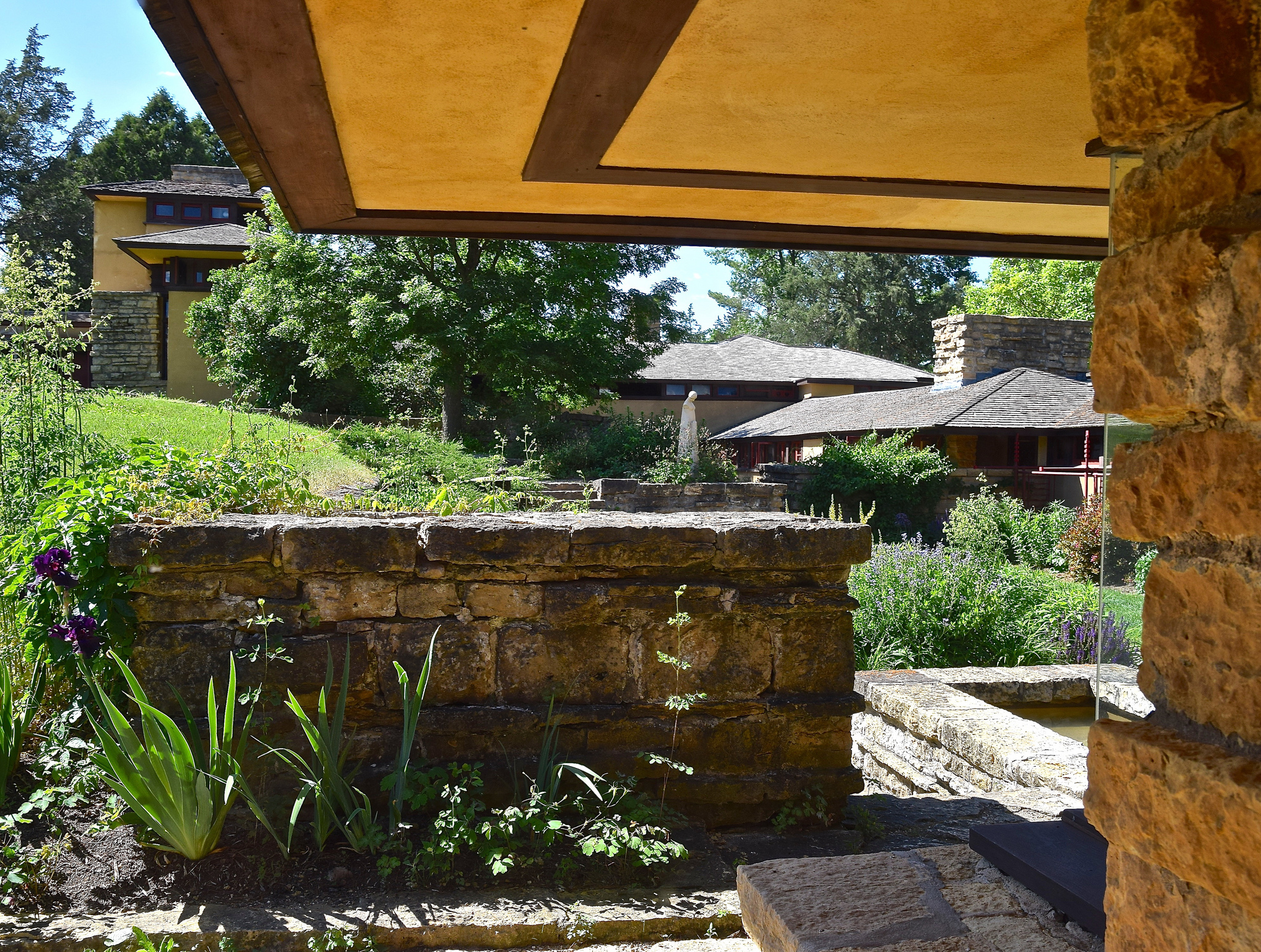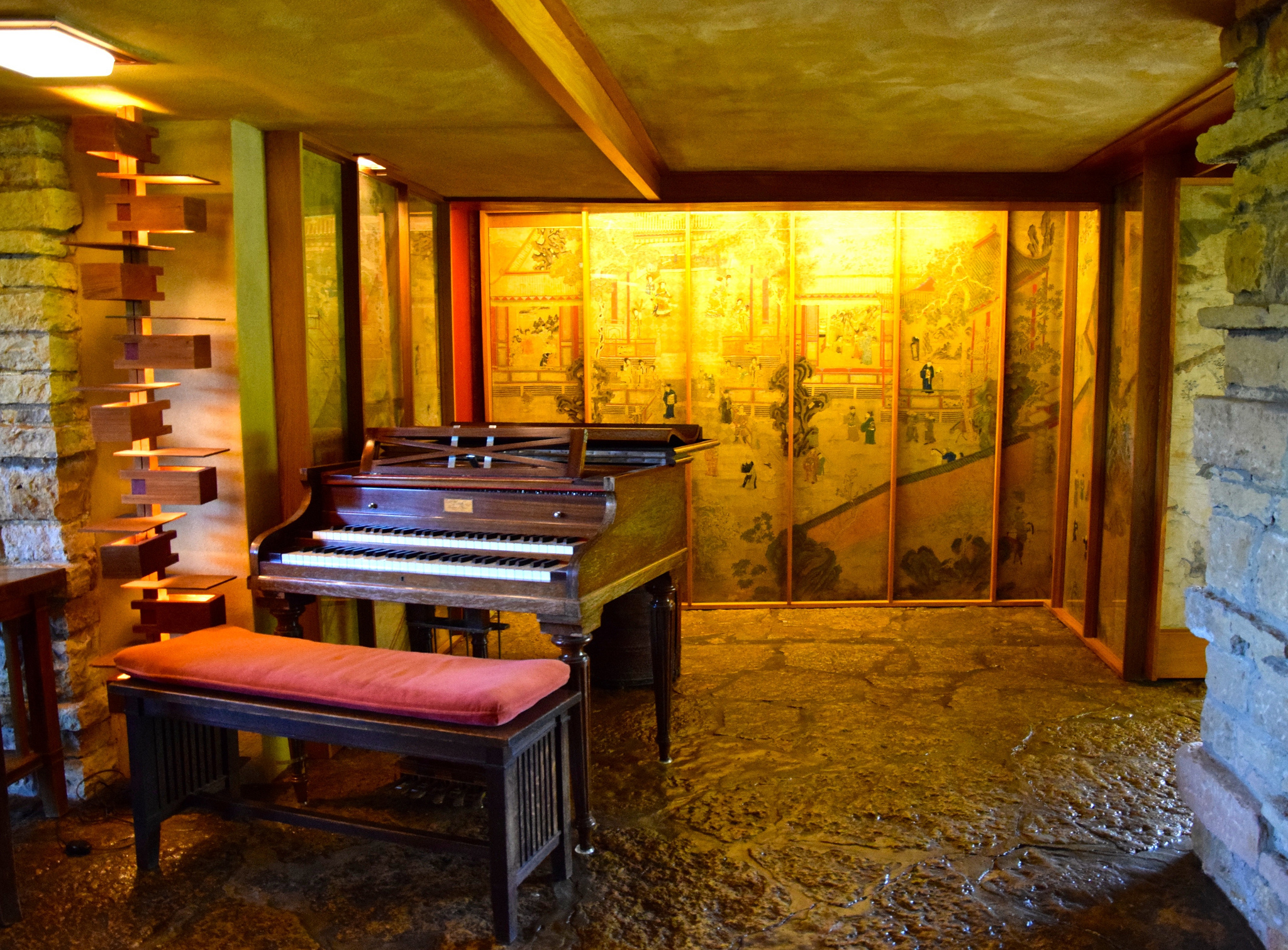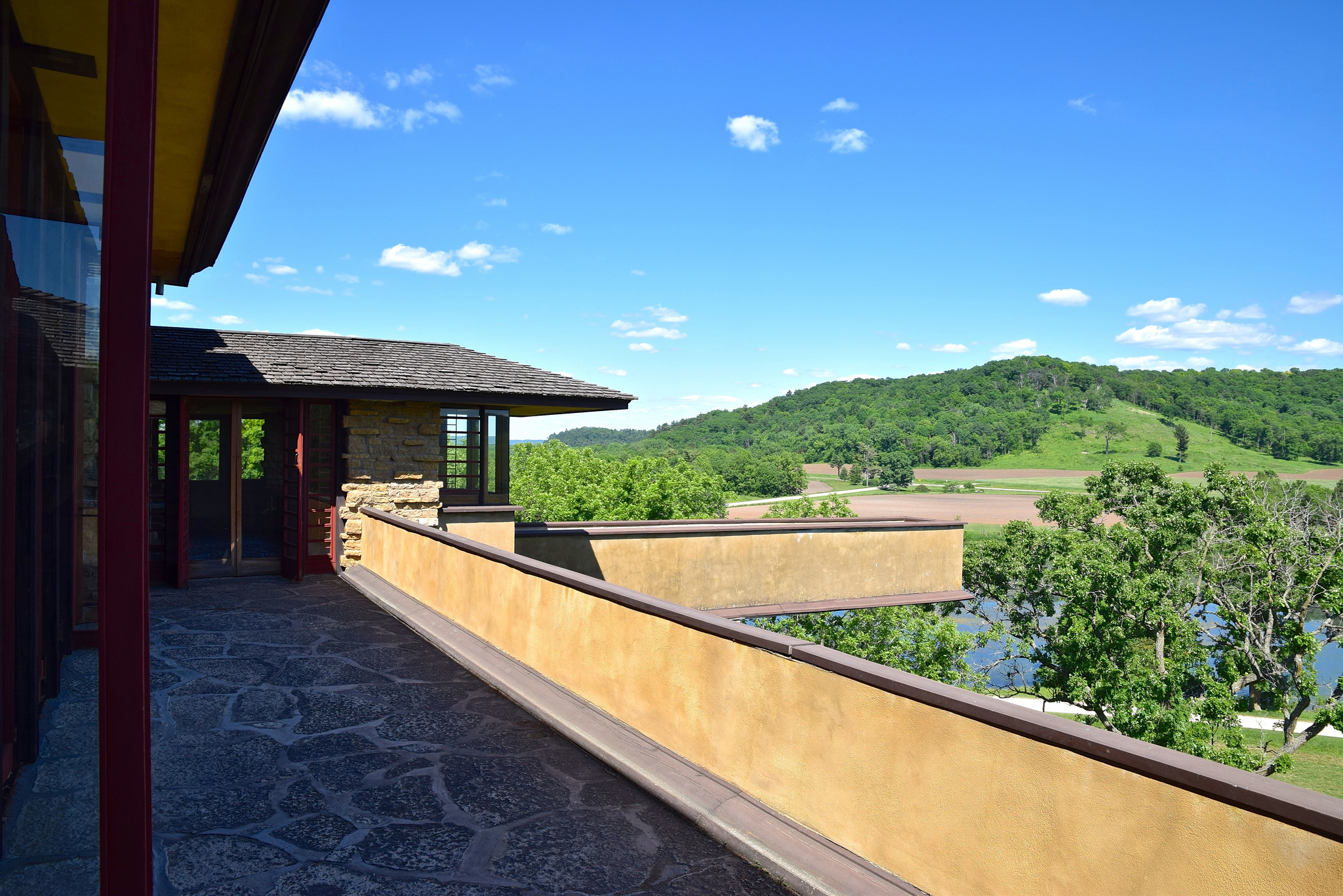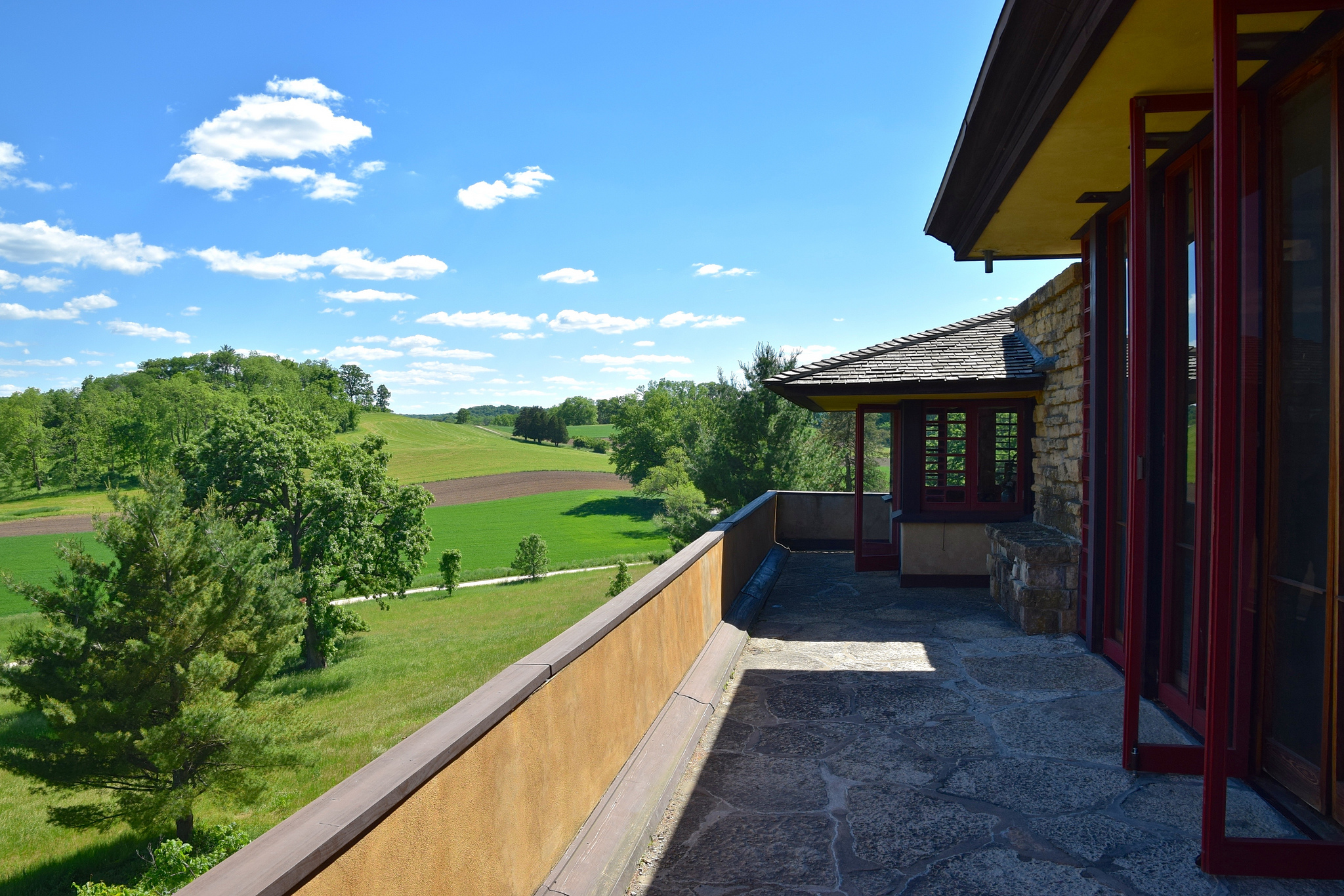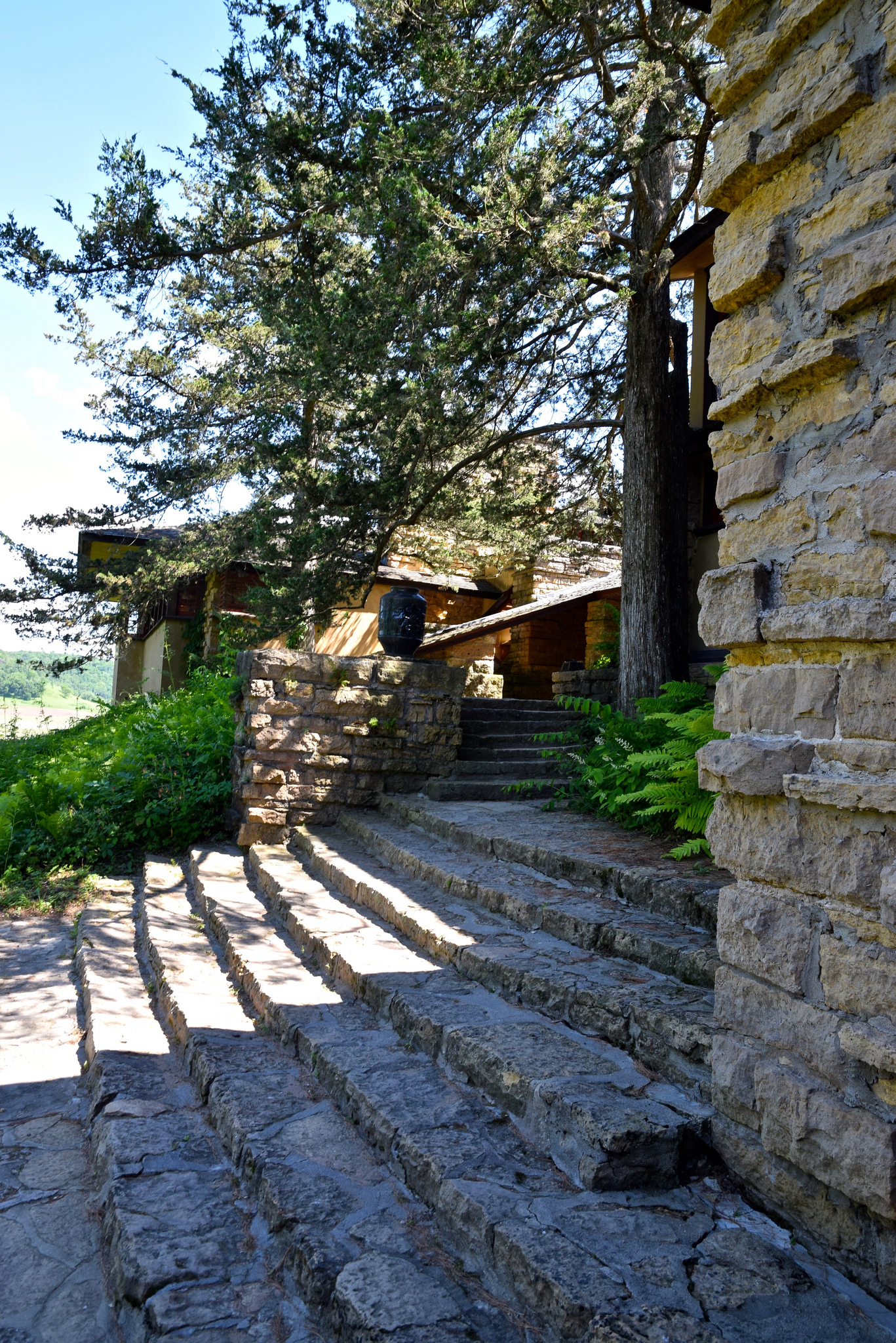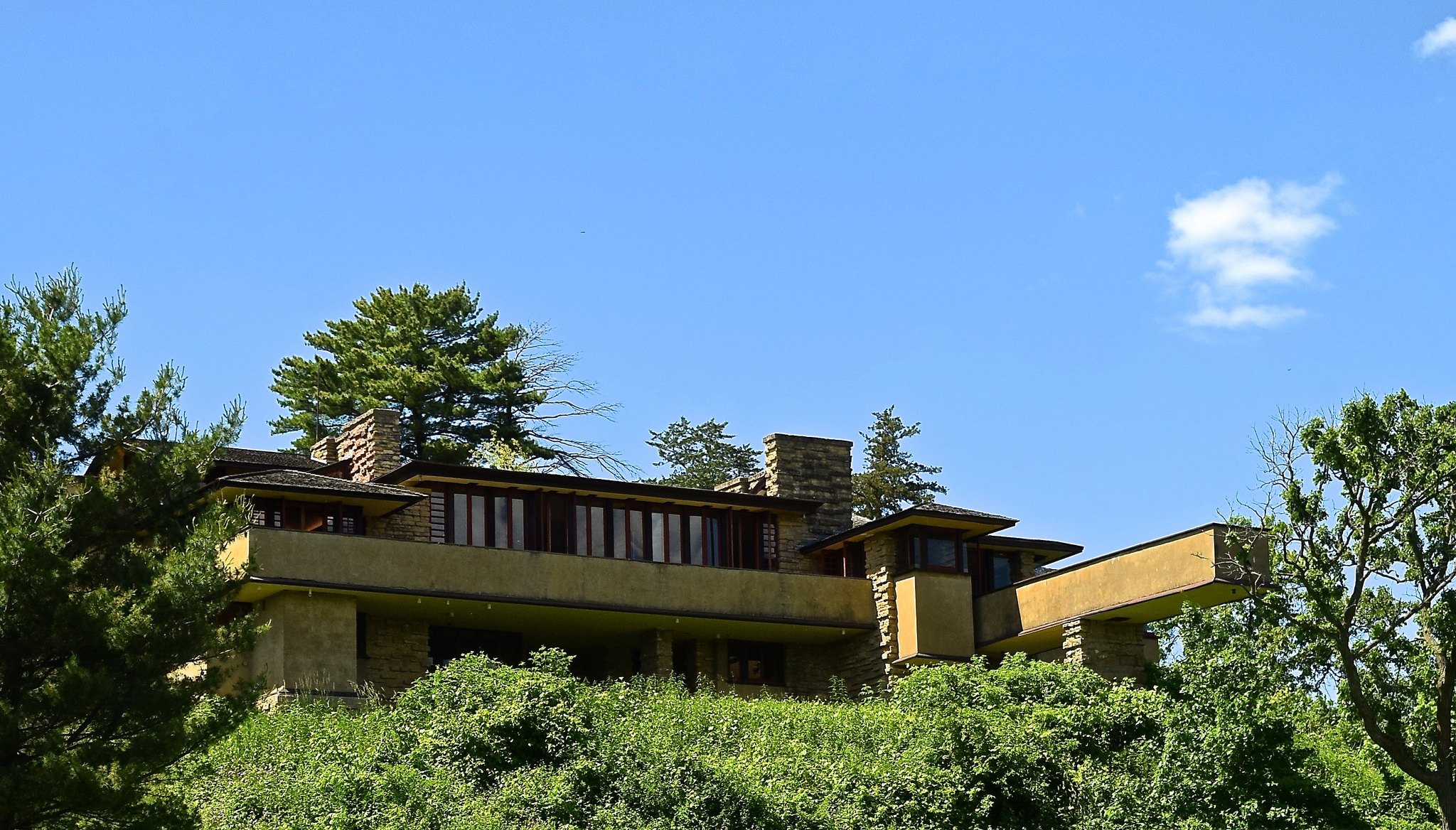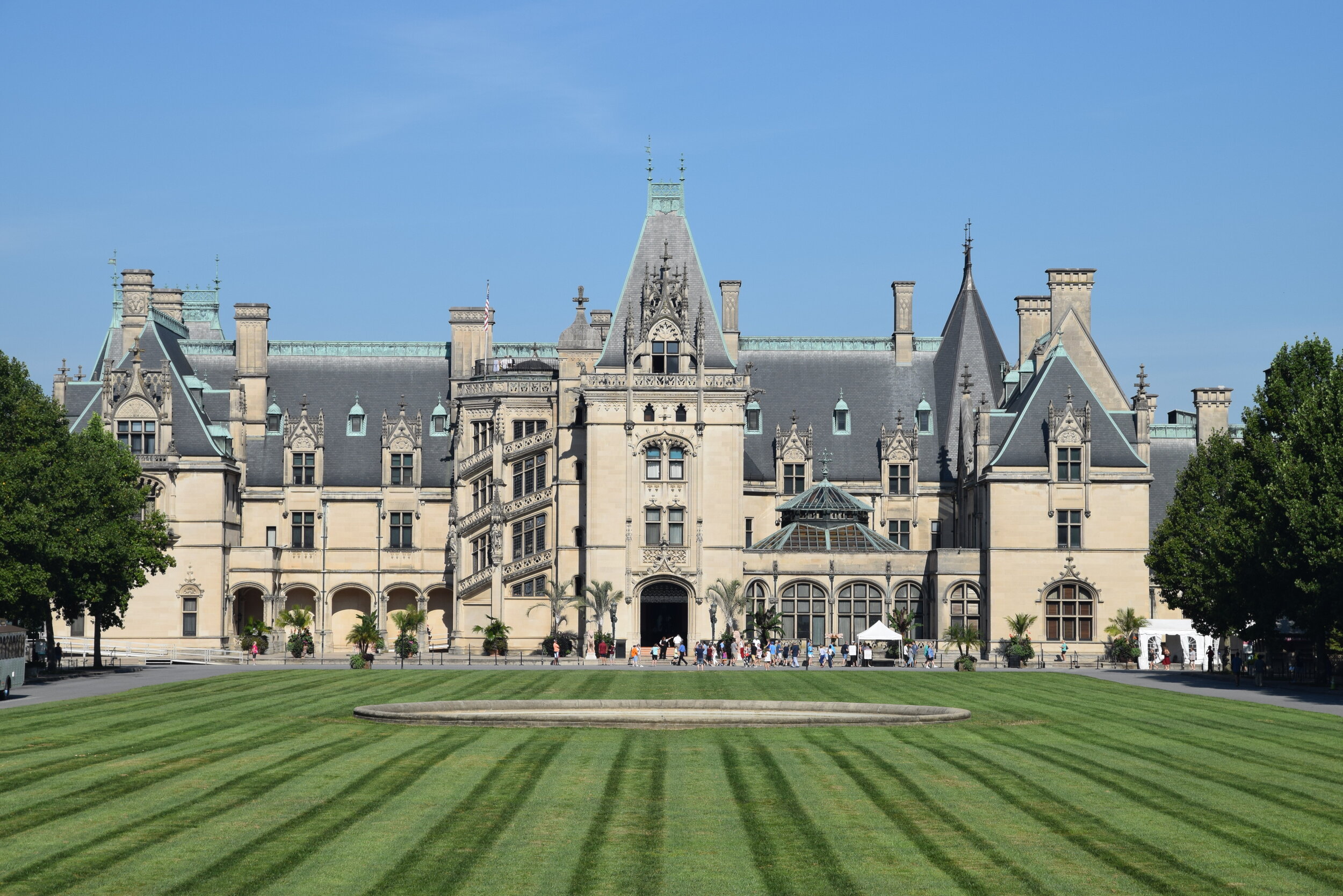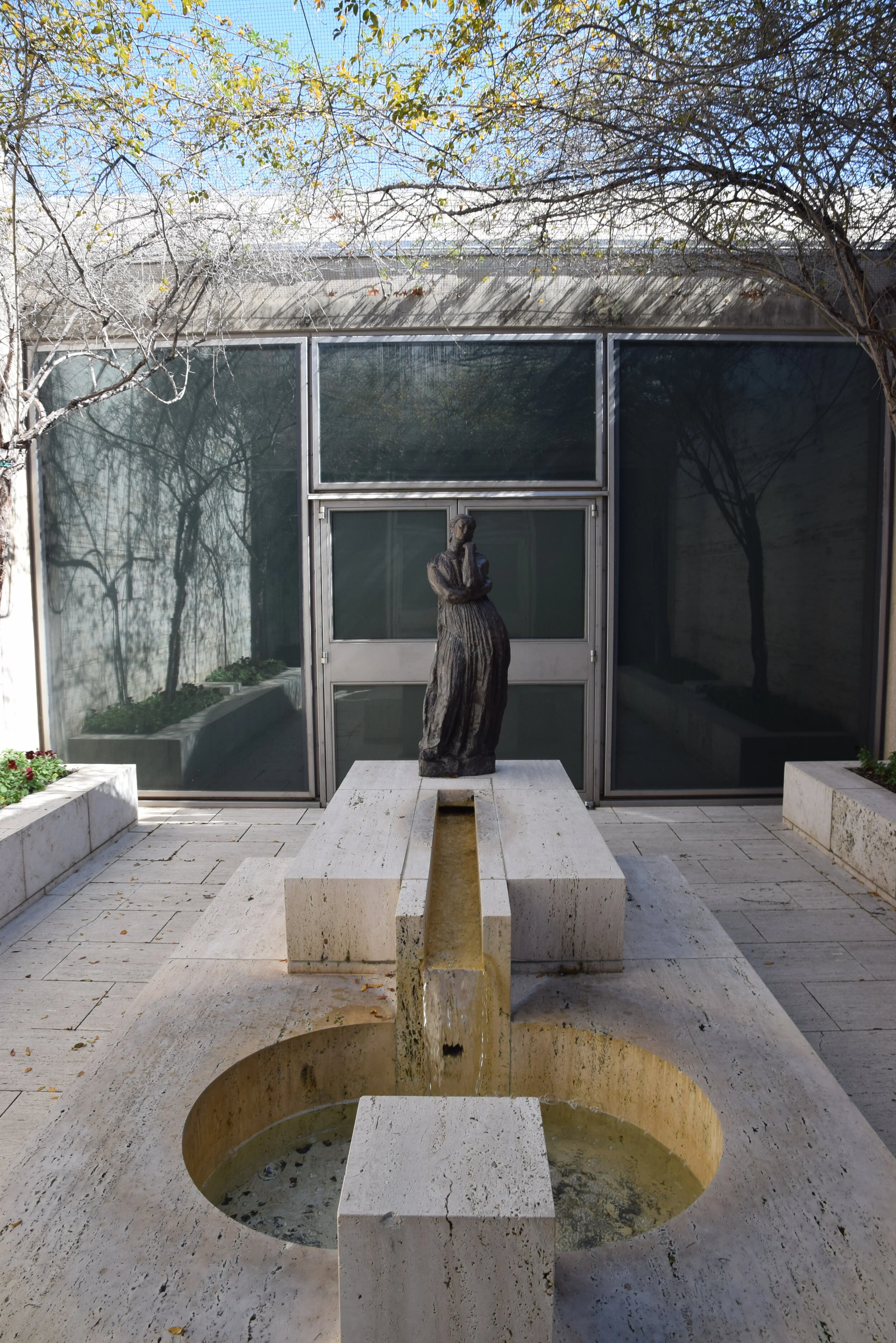Summer Fun: A Book and The Biltmore
/VIew of Entrance Greenway from Front of the Biltmore.
The world is a big place full of big ideas, and not all of them are good ones. Eric Larson shows this in his riveting book *The Devil in The White City, set in and around the 1893 Columbian Exhibition in Chicago, one of the most famous World’s Fairs in history.
Long before the internet and social media, people experienced different cultures and caught up on the latest inventions and technologies by visiting the World’s Fair. The US has hosted 11 World’s Fairs in cities like New York, San Francisco, and Seattle. Visitors came to experience pavilions created by other countries, try exotic foods from around the world and get a glimpse of the future. As Larson’s book narrates, it also allowed a disturbed man to carry out a horrific series of murders, the likes of which the country had never seen before.
Beyond the intrigue of trying to catch our country’s first serial killer, though, what immediately catches the reader’s attention is the amazing undertaking of transforming a city for a world event. The scale of resources is staggering, and the people who command them become heroes as they create a landscape of buildings and structures to impress the world. One such figure is Landscape Architect Frederick Law Olmsted. By the time of the 1893 Fair, Olmsted had designed Central Park in New York and was completing the Vanderbilt Summer Estate in Asheville, also known as the Biltmore. Olmstead’s insight into the importance of Landscape Architecture and its role to inspire, set me on a journey to visit the Biltmore, his last project, and experience his design for myself.
The House
The Biltmore’s designer was Richard Morris Hunt, the first American architect to graduate from the École des Beaux-Arts, the French School of Fine Arts. The architecture profession had tremendous respect in France at the time, which led Hunt to establish the American Institute of Architects in the United States. The French culture undoubtedly influenced his designs, as his signature style includes mansions with chateau-like features. He designed multiple houses for the Vanderbilt family in Newport, Rhode Island, a popular summer destination. Asheville, North Carolina, being in the Blue Ridge Mountains, also has a pleasantly mild climate. So when the Vanderbilts were ready to build another summer house, they called on Hunt to design the Biltmore.
Italian Garden
Frederick Law Olmsted often commands the title Father of American Landscape Architecture, because his designs include some of the country’s most notable public spaces and parks. In The Devil and The White City, the chapter “Becomingness” lays out Olmsted’s philosophy with regard to the responsibility of landscape architectural design. Olmstead strove to create landscapes that “however dressed with turf, or bedecked with flowers, shrubs or trees, fountains, statues, bric-a-brac, and objects of art, should be one in unity of design” (55). The Biltmore Estate is a massive 8,000 acres, similar to the scale of a city park. Therefore, at the Biltmore, Olmsted applied his “unity of design” principle, similar to his approach to the many parks he had designed beforehand. At the Biltmore there are formal gardens, like the Italian garden, that sit close to the house, as well as a more wild natural forest further out, all of which Olmstead designed to give the illusion of a mansion naturally located in the mountains with spectacular experiences and views .
Walled Garden and Conservatory
Moving away from the Biltmore, the landscape and experiences change from the ornate Italian water garden with statuaries to a walled garden with geometry patterns of roses and other plants. Historically, walled gardens provided the ability to protect useful plants. Here, ornamental plants are cultivated alongside a lovely trellis adorned with grapes. At the far end of the trellised walking path is the conservatory, which creates temperature-controlled environment for fruits and tropical flowers. The Biltmore conservatory also boasts the unexpected addition of miniature trains weaving through it, paying homage to the Vanderbilts’ provenance in the rail industry.
Bonus Views
Here are a few images from wandering through various parts of the greater forested area of the estate.
Times have changed and the spectacle of the World’s Fair (retitled Expo since 1985) has diminished. However, vestiges of these events remain in cities all around the world that had their debut at a World’s Fair. The Seattle Space Needle, the Eiffel Tower, the Palace of Fine Arts in San Francisco, and Montreal’s Biosphere all have their origins in the World’s Fair.
Have you read The Devil in the White City? Attended a World’s Fair? Experienced one of Olmsted’s landscapes? Ready to visit the BIltmore? Leave a comment; we’d love to hear from you.
*A special thank you to Naomi for recommending this wonderful book.
Places and Perspectives is a blog devoted to exploring topics and images that inspire the sense of place. We always welcome suggestions of places readers want to learn about and see featured on our blog.









